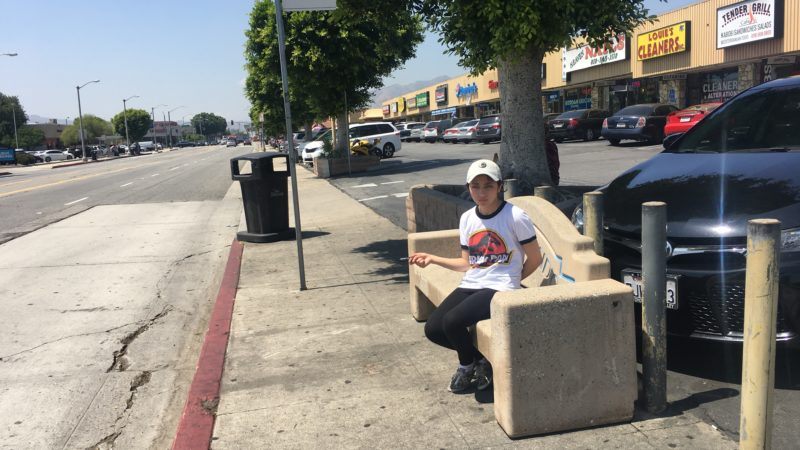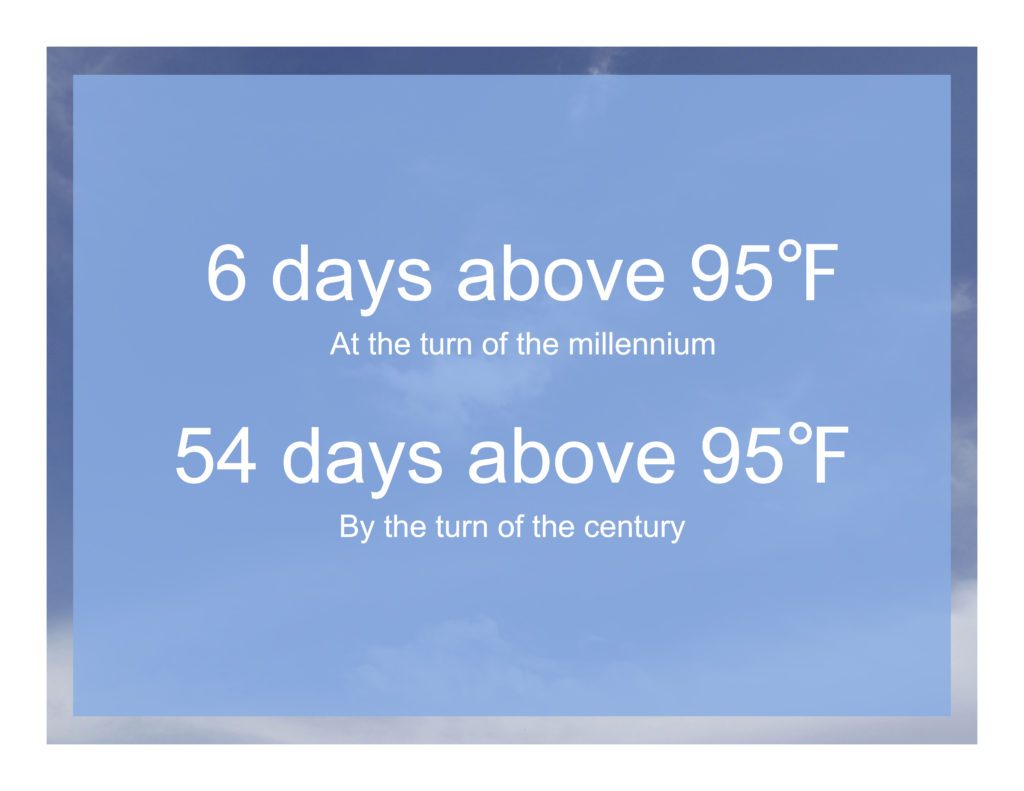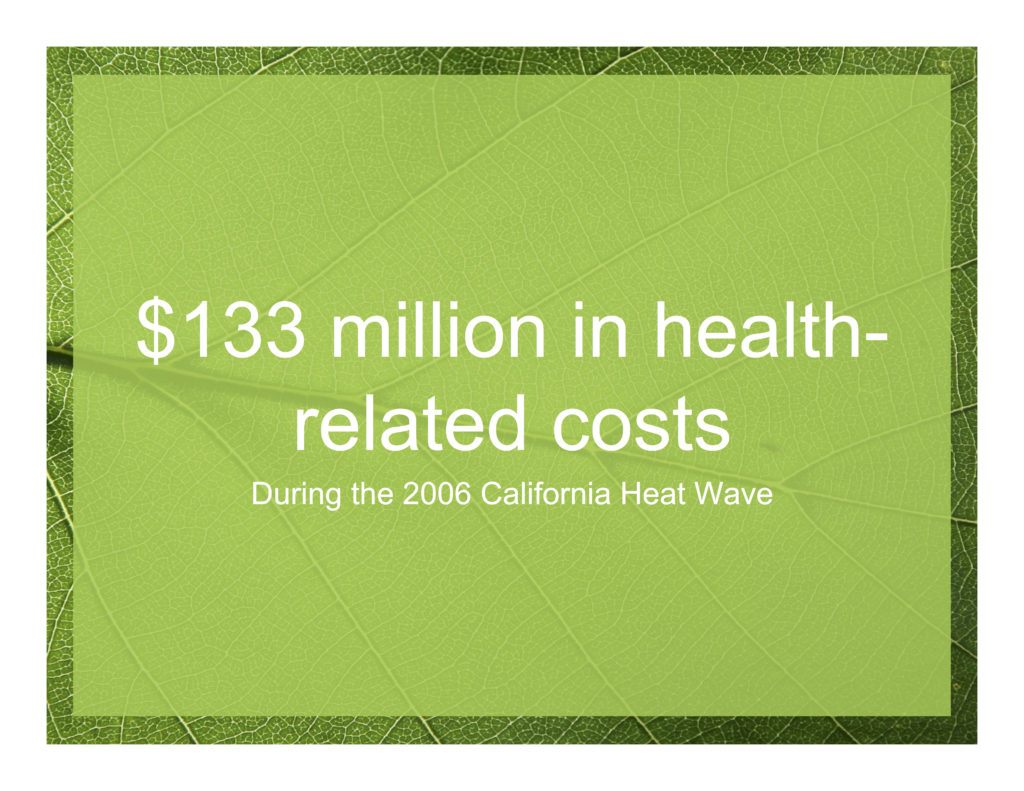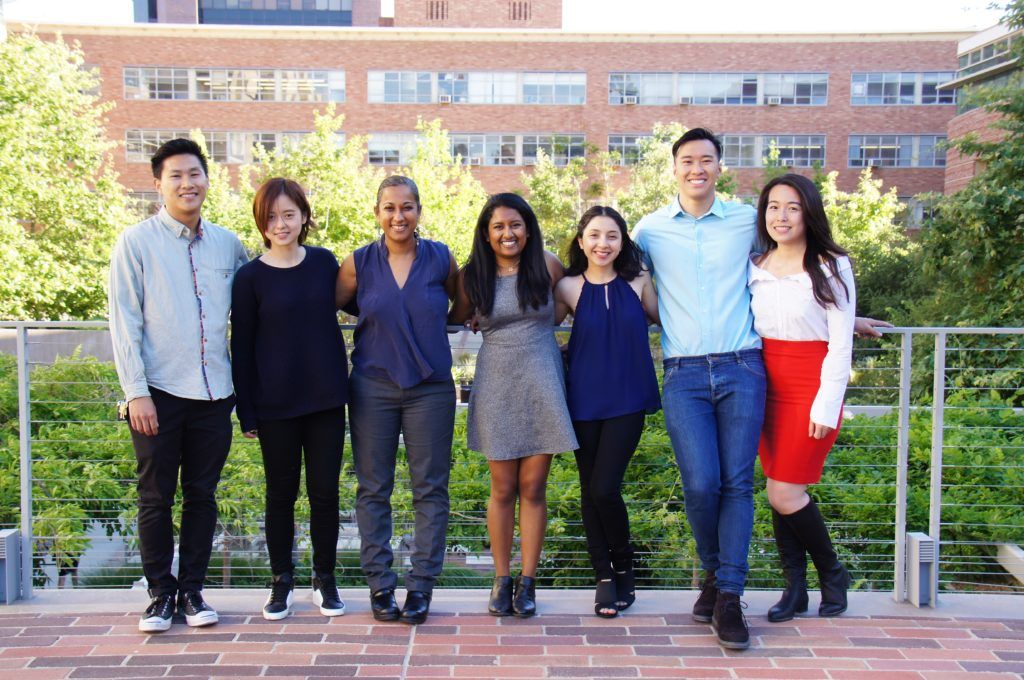Inspiring Resident Engagement: Identifying Street Tree Stewardship Participation Strategies in Environmental Justice Communities Using a Community-Based Social Marketing Approach
Published Work | 2018
download pdf permalink
Practicum Project | 2017
Climate change is at the forefront of pressing issues threatening planetary and human health and well-being today. Every year, heat kills more people in the United States than all other weather-related causes combined. Due to human-induced climate change, heat events are becoming increasingly more common year-round, and Los Angeles is projected to have several dozen days above 95 deg. F by the end of the century.

While some communities are more resilient against rising temperatures due to affluence and differences in topography, under-resourced communities often have fewer coping mechanisms for this additional stress. This heat stress has resulted in a steady rise in the number of heat related health incidents reported over time.

We worked with TreePeople to seek out the best courses of action to increase climate resiliency within Southern California. By researching the differences in temperature and humidity of various land cover classes, we identified opportunities to improve experience of vulnerable people in different neighborhoods. We analyzed the disparities in temperature between a variety of different land cover classes in three under-resourced communities of Los Angeles County. Our results indicate drastic variations in temperature and humidity between different types of land cover classes. Tree shade and building shade created the coolest areas along the study routes whereas asphalt-covered areas proved to be the hottest. We demonstrated that shade from trees can provide a cooling of up to 8 °C or 16 °F, which can make an enormous difference in climate vulnerability and save lives during heat waves.
Students: Nathan Fan, Stacey Li, Ingrid Maradiaga, Apsara Perera, Jonathan Tedjakusnadi, Sophia Wang
Advisor: Aradhna Tripati
Client: TreePeople

Related Publications
Published Work | 2018
download pdf permalink